New Trends In Social: Signal, Telegram, Spaces, Discord, ClubHouse
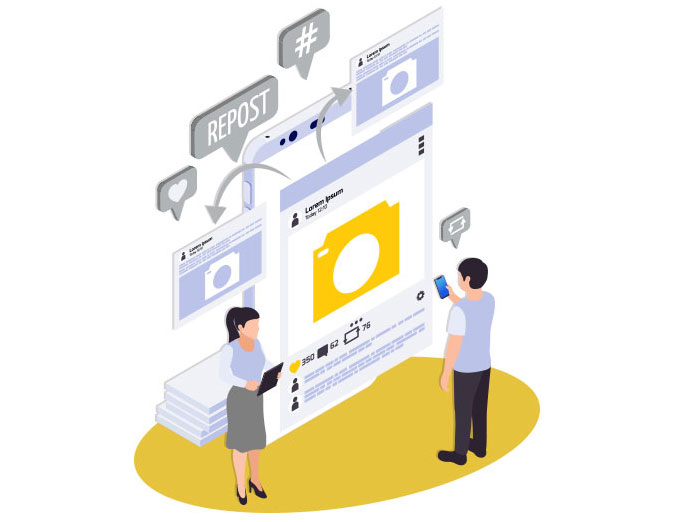
Can you imagine a day without social media? Imagine waking up in the morning and not checking your social feeds or having a great time with friends and not sharing it on social media. To paraphrase a much abused quote from the middle-ages, if you didn’t share it on social media, did it even happen?
All social media platforms are not the same
While each social media platform has its own set of advantages and utilities, there are a number of new platforms that have been cropping up, especially over the last few years. The COVID-19 pandemic and the ensuing #WFH has seen a huge change in the consumption patterns of social media. In this post, we will look at some of the newer platforms and what they offer.
The New Platforms On the Block
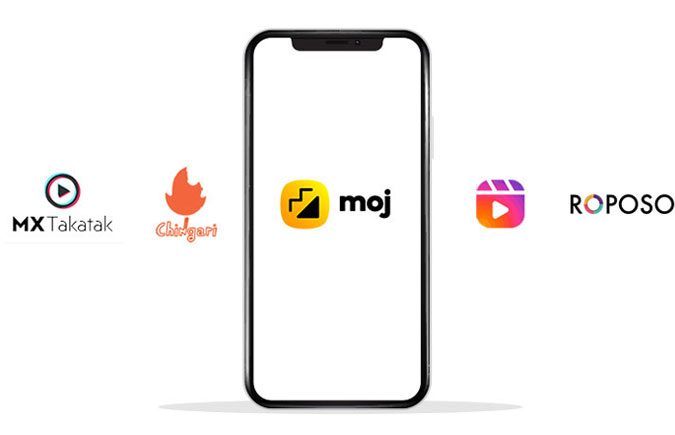
The lockdown not only changed the way we worked, shopped and our digital viewing habits, but also had an impact on how we socialised. Being social creatures, we adapted to new forms of technology to stay close to our loved ones, even as we maintained a healthy social distance! :p
Here are some of the new trends that we embraced whole-heartedly, even as the pandemic forced us to stay glued to our devices.
Meet The TikTok Clones – Moj, MX Taka Tak, Roposo, Chingari, Instagram Reels
The initial days of the lockdown saw the rise and rise of video-sharing app TikTok as a rival to the OTT platforms like NetFlix, Amazon Prime, Hotstar, etc. with fans of all ages averaging close to an hour each day on the platform. The ban on TikTok saw the launch of a host of homegrown apps including Moj, MX Taka Tak, Roposo, Chingari and even an app called Mitron.
Today, most of the popular TikTok content creators and their viewers have migrated to these apps and are also present on Instagram Reels – a new feature on the Instagram app, which is very similar to what TikTok used to offer.
ClubHouse: Everyone’s Welcome To This Club
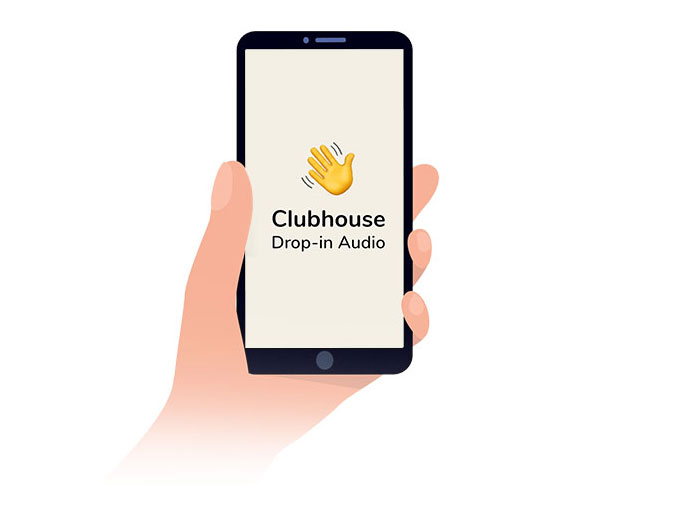
For fans who’ve had their share of short video-sharing apps, ClubHouse – with it’s audio-only feature, offers a breath of fresh air. Unlike the ‘podcasts’ which have been extremely popular with a set of listeners, ClubHouse offers fans an opportunity to host a live chat with their audiences, in real time.
ClubHouse offers brands the opportunity to host their own conversations or partner with relevant Key Opinion Leaders (KOLs) to host a ClubHouse conversation around the topic in which the brand offers a product or service. As of today, many startups from the FinTech, Product Development and BlockChain space have been successfully using ClubHouse to influence audiences about their offerings.
Twitter Spaces: The Next Frontier In TwitterVerse
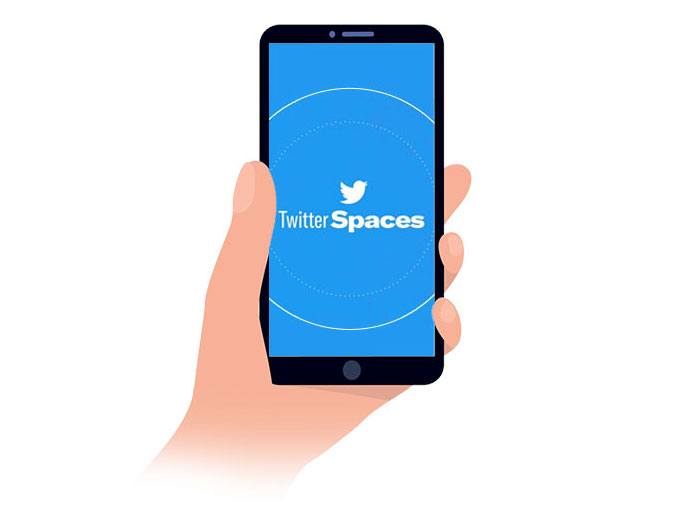
While Twitter has been around for some time to become a core part of our social media lives, the 280 character tweets now have a voice counterpart! Twitter has introduced a new feature called Spaces, which offers users the opportunity to start their own conversation rooms (called spaces) on the app. Users can also join a Space hosted by others and be part of the conversation in real time!
While Twitter Spaces is more popular for general conversations, however, it could be explored by brands offering services to increase awareness and consideration and also get real-time user feedback from the community. Brands could also explore Twitter Spaces to spark conversations on topics which are related to their offerings. For example, a stationery brand could explore a Twitter Space on art therapy for adults, as a way to reduce stress and invite speakers such as art teachers, mental health practitioners, neuro surgeons, wellness coaches, etc. to share their insights.
Signal: When Privacy & Security Became Mainstream
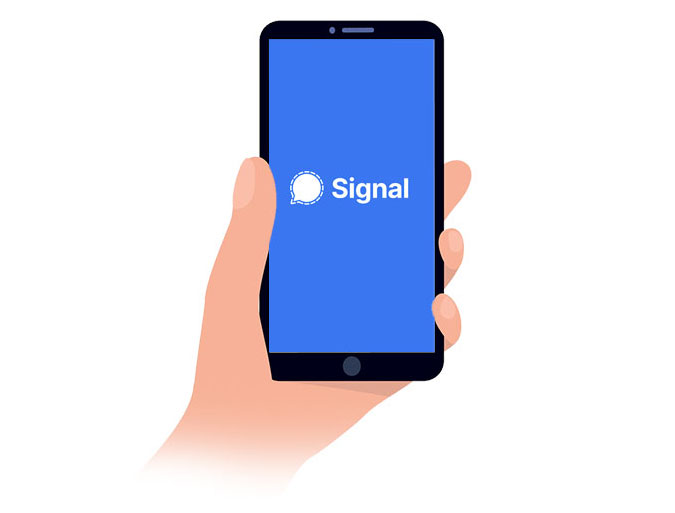
The last few months saw a lot of brouhaha around privacy concerns, especially with WhatsApp’s new privacy policy getting a lot of flak from tech experts and other opinion leaders.
Enter Signal, a simple, powerful and secure messaging tool that’s trusted by the likes of Edward Snowden, Elon Musk, Jack Dorsey, among others. Signal uses an end-to-end encryption protocol, powered by the the open-source Signal Protocol, thereby guaranteeing complete privacy by ensuring that no 3rd party user can read or listen to conversations or calls.
Like WhatsApp, all you need to join Signa is a phone number. You can text or make voice or video calls with friends, either one-on-one or in groups, and use emoji reactions or stickers just like WhatsApp.
Telegram: The Messenger With A Difference
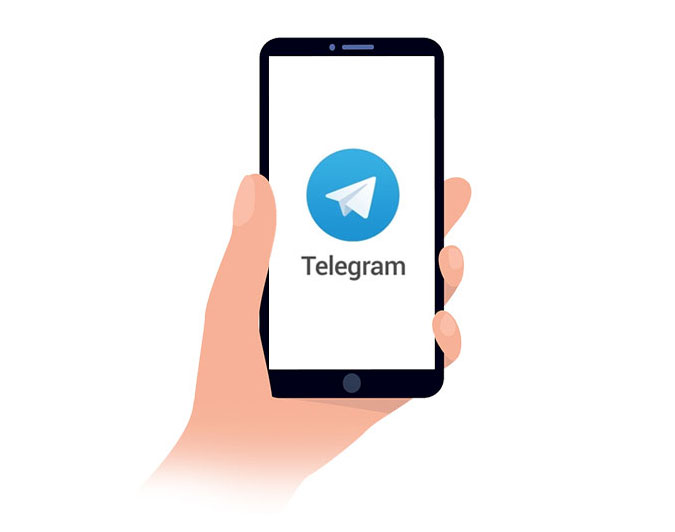
With concerns around WhatsApp & Facebook user data privacy gaining momentum, Telegram saw a rapid rate of adoption with over 500 millions users coming onboard, as of Jan 2021.
So, how different is Telegram from WhatsApp and why are users flocking to it? For starters, while Telegram is just like WhatsApp, one important aspect is that it’s not owned by Facebook, which makes it more appealing to many. It offers basic functions like group chats and channels which are encrypted on the Telegram Cloud, as well as some ‘Secret Chat’ options with end-to-end encryption.
In case you want to know what makes Telegram stand out from other messaging apps, especially as a communication channel for brands to reach their audiences, here are some of its unique benefits:
 Higher Engagement
Higher Engagement
With a higher viewership rate of nearly 20 percent, Telegram offers excellent engagement for brands, who are looking to connect with their audiences
 No Limits On Group Size
No Limits On Group Size
Unlike WhatsApp which has a limit on group size to 200, Telegram has no such limits. This offers brands the opportunity to create communities of engaged fans and reach these fans organically, without having to pump in money to reach them.
 Bridge To Other Social Platforms
Bridge To Other Social Platforms
Many brands use Telegram as a content distribution channel to share their content pieces on other platforms such as Instagram, Facebook, YouTube, etc.
 Marketing-Friendly Features
Marketing-Friendly Features
Telegram offers brands the opportunity to do a poll, share infographics and create branded Gifs, etc. The Telegram Bot feature helps brands automate their marketing efforts. What’s more, it even supports sharing file attachments up to 2 GB in size.
So, what do you think of the new trending apps? For more in-depth solutions for your brand or organization, you could get in touch with us by contacting: Bharati at 9321699422 or write to info@bcwebwise.com
